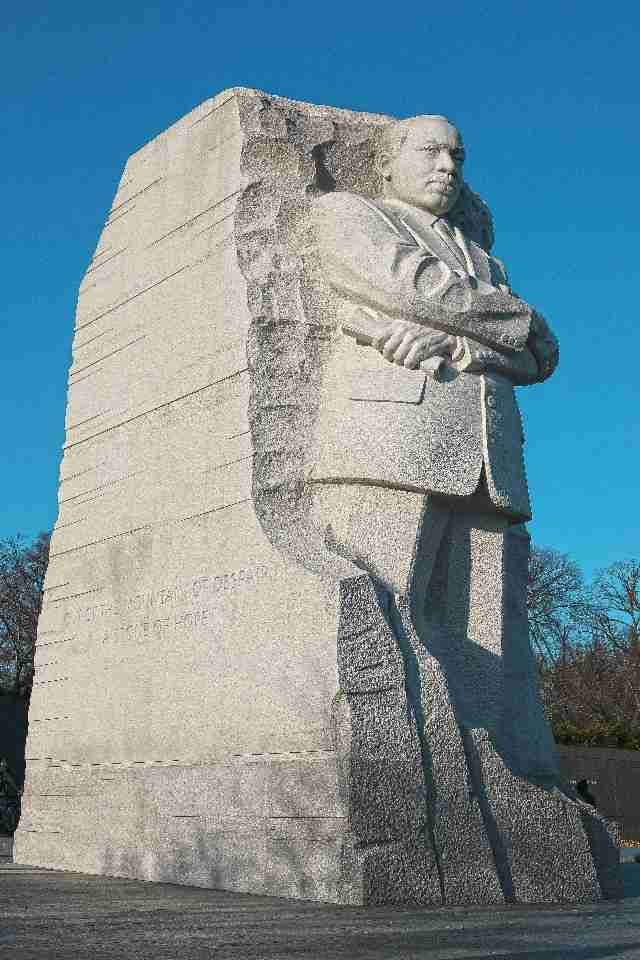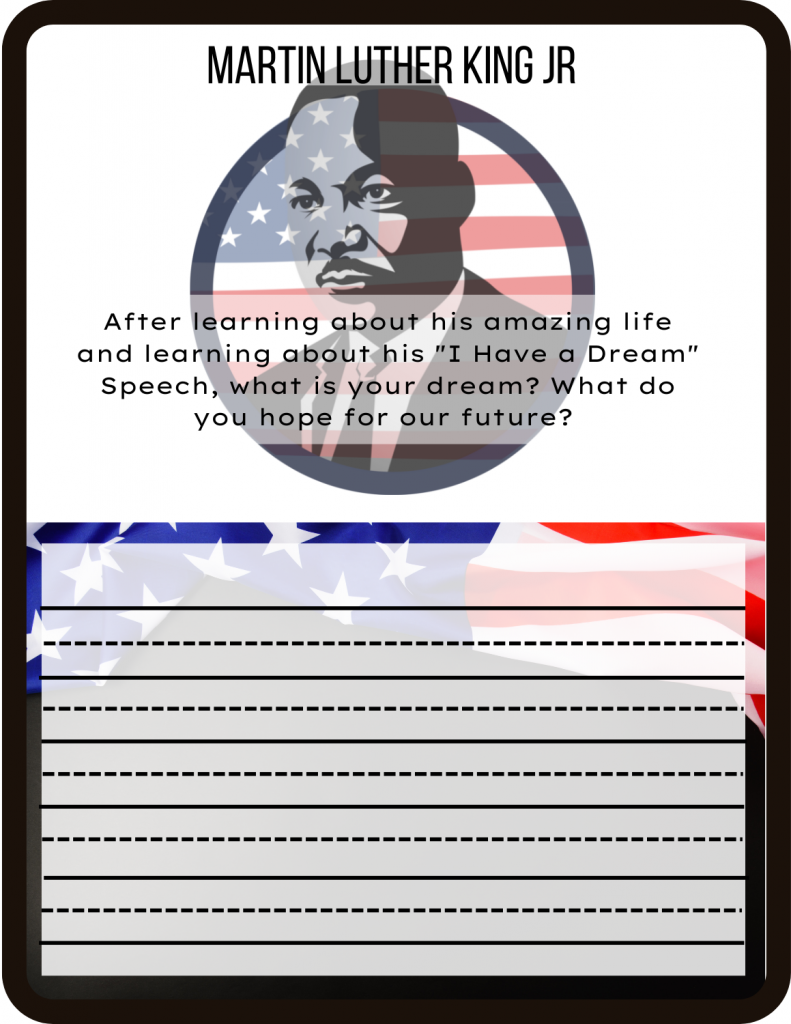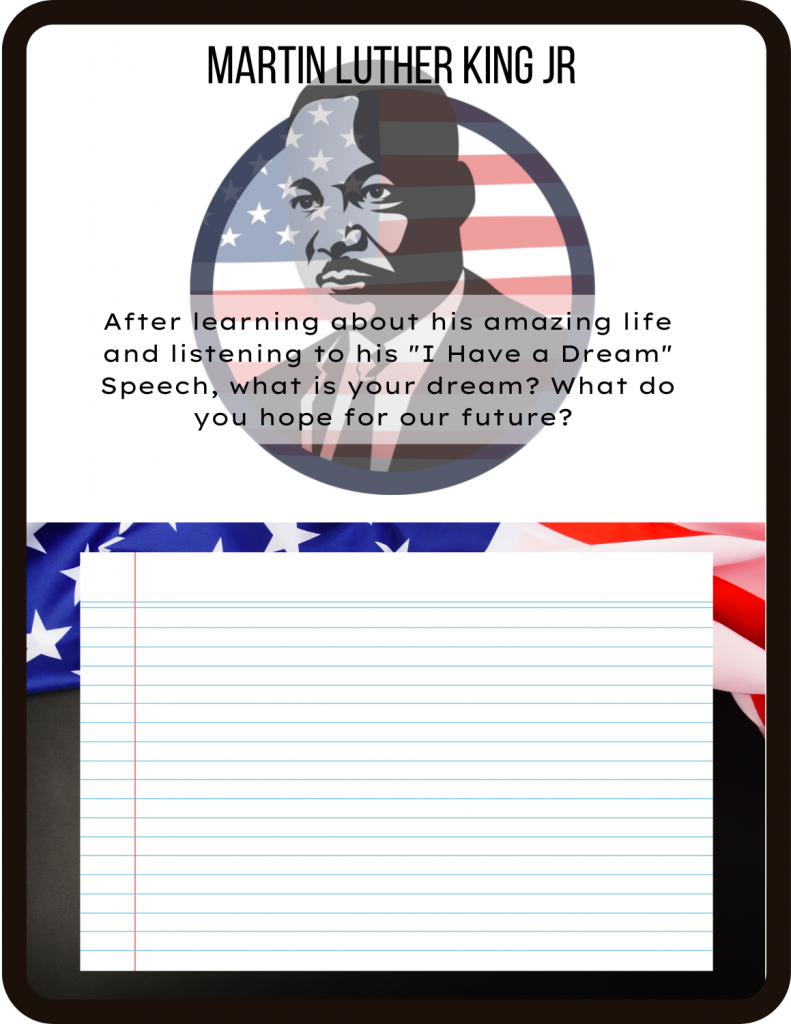Martin Luther King Jr. Day is an important holiday that is celebrated to honor the legacy of a man who fought for justice and equality for all. It is also a great opportunity to teach our children about the importance of black history and culture.
Martin Luther King Jr. was an American Baptist minister and activist who became the most visible spokesperson and leader in the Civil Rights Movement from 1954 until his assassination in 1968. He is best known for his role in the advancement of civil rights using nonviolent civil disobedience based on his Christian beliefs.
King’s main legacy was to secure progress on civil rights in the United States, and he has become a human rights icon. He is regarded as one of the greatest speakers in American history, and his speeches are still widely studied, quoted and celebrated. One of his most famous speeches is “I Have a Dream” which he delivered in 1963 during the March on Washington for Jobs and Freedom.
King was awarded the Nobel Peace Prize in 1964, among several other honors. He was assassinated in 1968, but his legacy lives on through the many organizations and movements that continue to advocate for civil rights and social justice.
Table of Contents

“I Have a Dream” Speech
One important activity to celebrate Martin Luther King Jr. Day is to read and discuss his famous “I Have a Dream” speech. This speech was delivered by King on August 28, 1963 during the March on Washington for Jobs and Freedom. It is considered one of the greatest speeches in American history, and it still resonates today. The speech highlights King’s vision of an America where people of all races are treated as equals and live in harmony.
Through this speech, students can understand the importance of Civil rights Movement and King’s commitment to nonviolence. As you read and discuss the key points of the speech, encourage your students to share their thoughts and reactions. This can be a meaningful and powerful way to honor the legacy of Martin Luther King Jr.
Questions to Ask
Here are some questions you can ask your children to get thoughts rolling.
- What do you think is the main message of the speech? How does King convey this message?
- How does King use imagery and metaphor in the speech? What are some examples?
- How does King appeal to the emotions of his audience? What emotions does he try to evoke?
- What does King mean when he says “I have a dream that my four little children will one day live in a nation where they will not be judged by the color of their skin but by the content of their character”?
- How does King’s speech relate to the Civil Rights Movement of the 1960s?
- What does King mean by “the fierce urgency of now”? How does this phrase relate to the Civil Rights Movement?
- How does King’s speech reflect on the American Dream?
- How does King’s message relate to current issues of racial equality and social justice?
MLK Jr. Day Activity Ideas for Homeschoolers
Create a Timeline of Important Events in Martin Luther King Jr’s Life
1929: Martin Luther King Jr. is born on January 15 in Atlanta, Georgia.
1948: King graduates from Morehouse College in Atlanta with a Bachelor of Arts degree in sociology.
1951: King graduates from Crozer Theological Seminary in Pennsylvania with a Bachelor of Divinity degree.
1953: King marries Coretta Scott, and they have four children.
1954: King becomes the pastor of the Dexter Avenue Baptist Church in Montgomery, Alabama.
1955: King becomes involved in the Civil Rights Movement after Rosa Parks is arrested for refusing to give up her seat on a bus. King helps to organize the Montgomery Bus Boycott, which lasts for over a year and leads to the desegregation of the city’s buses.
1957: King helps to found the Southern Christian Leadership Conference (SCLC), an organization dedicated to nonviolence and civil rights for African Americans.
1963: King delivers his famous “I Have a Dream” speech during the March on Washington for Jobs and Freedom.
1964: King is awarded the Nobel Peace Prize for his work in the Civil Rights Movement.
1968: King is assassinated on April 4 in Memphis, Tennessee.
1986: Martin Luther King Jr. Day is established as a national holiday in the United States.
This timeline provides a brief overview of Martin Luther King Jr.’s life, highlighting some of the most significant events and moments that shaped his legacy. There is definitely a lot more that can be added to this timeline. Create it on paper or digitally!
Learning about the Civil Rights Movement
The Civil Rights Movement was a period in the late 1950s and 1960s in which African Americans and other minorities in the United States fought for equal rights and an end to discrimination. The movement was characterized by nonviolent protests, civil disobedience, and grassroots activism. It was led by figures such as Martin Luther King Jr., Malcolm X, Rosa Parks, and many others who worked to end racial segregation and discrimination.
One of the key figures in the Civil Rights Movement is Malcolm X, who was a Black Muslim minister and human rights activist. He advocated for the rights of African Americans, often using more militant and controversial methods than Martin Luther King Jr. He was known for his speeches, which were often fiery and passionate, and called for an end to racial injustice.
Another important figure in the Civil Rights Movement is Rosa Parks, who was an African American civil rights activist. She is best known for her role in the Montgomery Bus Boycott, which began in 1955 after she refused to give up her seat to a white person on a Montgomery, Alabama bus. Her arrest and the boycott that followed helped to launch the Civil Rights Movement and Parks has become an international icon of resistance to racial segregation.
Nelson Mandela is another significant figure in Civil Rights Movement, he was a South African anti-apartheid revolutionary, political leader, and philanthropist who served as President of South Africa from 1994 to 1999. He was the country’s first black head of state and the first elected in a fully representative democratic election. He was a symbol of resistance against white minority rule and the face of the anti-apartheid movement.
These figures, along with many others, played important roles in the Civil Rights Movement and helped to bring about significant changes in laws and societal attitudes towards race in the United States and other parts of the world.
Service Project or Volunteer Work
- Participate in a community clean-up or beautification project. This could include picking up litter, planting trees or flowers, or painting over graffiti.
- Visit a local nursing home or assisted living facility and spend time with residents. This could include playing games, reading books, or just having a conversation.
- Volunteer at a local soup kitchen or homeless shelter. This could include serving meals, helping with laundry, or providing basic necessities such as clothing or hygiene products.
- Participate in a community food drive or donate to a local food bank.
- Participate in a literacy program, such as reading to children at a local library or school.
- Help to organize or participate in a community event, such as a march or rally, to raise awareness about racial equality and social justice.
- Donate books or other materials to a local school or library, particularly those that focus on diversity and civil rights.
- Help to organize or participate in a community mentoring program for at-risk youth
- Participate in a letter-writing campaign to government officials, urging them to support policies that promote racial equality and social justice.
- Support a local organization that works to promote racial equality and social justice.
These are just a few examples of ways to get involved and make a difference in your community on Martin Luther King Jr. Day and beyond. The main goal is to honor Dr. King’s legacy of service and social justice by doing something meaningful to help others and contribute to the community.
Art Project
- Create a mural depicting scenes or figures important to the Civil Rights Movement, such as Martin Luther King Jr., Rosa Parks, or the March on Washington.
- Create a collage using newspaper clippings, photographs, and other materials that highlight key events and figures from the Civil Rights Movement.
- Write a poem or song inspired by Martin Luther King Jr.’s message of nonviolence and racial equality.
- Create a scrapbook or photo album that documents important events and figures from the Civil Rights Movement.
- Create a mixed media installation that combines visual art, music, and spoken word to convey the message of the Civil Rights Movement.
- Create a stop-motion animation or short film that tells the story of the Civil Rights Movement or highlights a particular figure or event.
- Create a quilt or other textile project that incorporates images and symbols from the Civil Rights Movement.
- Create a series of paintings or drawings that depict the struggle for racial equality and the Civil Rights Movement.
- Create a 3D sculpture or installation that honors the Civil Rights Movement or a particular figure from the movement.
- Create a digital art project using software such as photoshop, illustrator, or Procreate that tells the story of the Civil Rights Movement and Martin Luther King Jr’s message
These art projects can be a creative and engaging way for students to learn about the Civil Rights Movement and honor the legacy of Martin Luther King Jr. while encouraging their artistic skills.
Conclusion
In conclusion, Martin Luther King Jr. Day is a day to celebrate and honor the legacy of a great leader and civil rights activist, who fought for equality and justice for all. His “I Have a Dream” speech is a powerful reminder of his message of nonviolence and his vision of a world where people of all races are treated as equals.
It’s an opportunity for homeschoolers to learn about the Civil Rights Movement, to appreciate the role of black history and culture and to reflect on the ongoing struggle for civil rights and equality. It’s also a chance for families to get involved in service projects and volunteer work, to make a difference in their community and to continue Dr. King’s legacy of service and social justice.
Click image below for FREE Martin Luther King Jr. Worksheet





